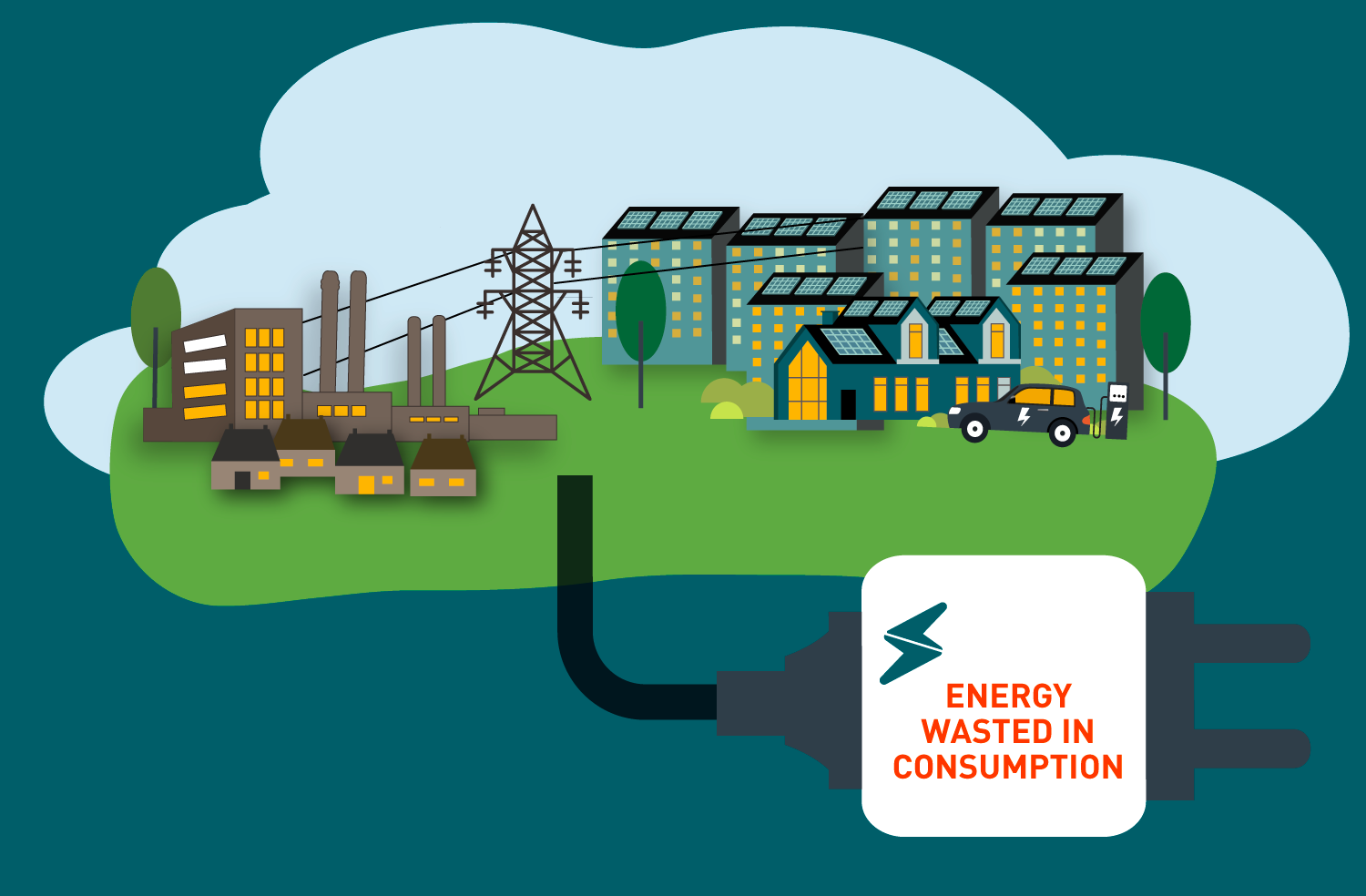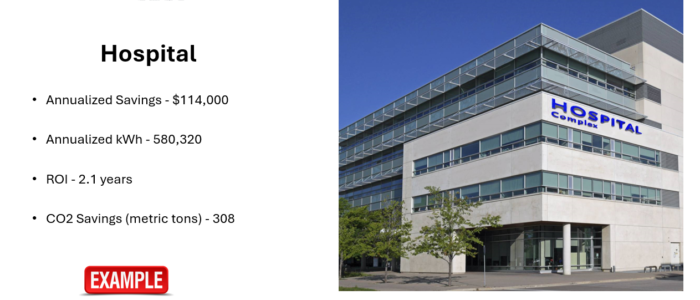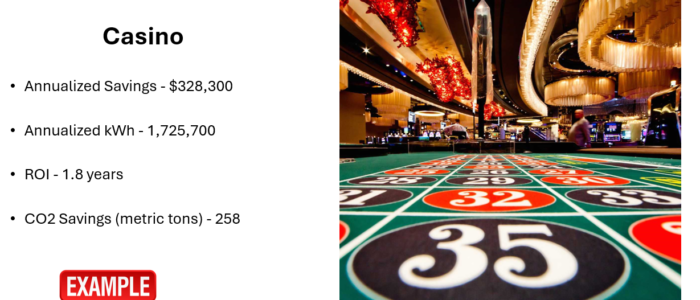What You Don’t See Is Costing You Millions
Across California’s landscape of 1.6 million commercial buildings, a silent drain on utility and infrastructure resources occurs every day.
Energy that could be powering our economy is instead being wasted through inefficient systems, outdated equipment, and suboptimal building management practices.
The scale of this opportunity is staggering, particularly among the 80,000 commercial buildings exceeding 50,000 square feet, which represents the state’s largest energy consumers and greatest potential for optimization.
1.6 Million Commercial Buildings in California
This Energy Wastage from Non-Productive energy and Under-Performing energy translates to more than 35 million tons of CO2 emissions across the state that is annually equivalent to the yearly emissions from millions of homes.
Beyond the environmental impact, this represents billions of dollars in unnecessary expenditure that could instead potentially be reinvested in business and state infrastructure growth to support grid stability.
What makes this challenge particularly compelling is that it exists largely out of sight. Unlike a leaking roof or cracked foundation, energy inefficiency often remains invisible until you examine your utility bills or conduct a professional assessment.
The systems consuming excess energy operate behind walls, above ceilings, and in mechanical rooms, quietly cost you money every hour of every day.
For building owners and managers, this hidden waste represents not just a problem, but perhaps the single greatest untapped financial opportunity in commercial real estate, industrial buildings, state and city buildings across the state today.
The buildings consuming the most energy unnecessarily also stand to gain the most from optimization—with potential savings that directly enhance net operating income and property valuation.
All this non-productive energy and under-performing energy can be transformed into statewide growth and new business infrastructure creating new revenue for the state and businesses within the state as well as infrastructure stability for growth statewide.







